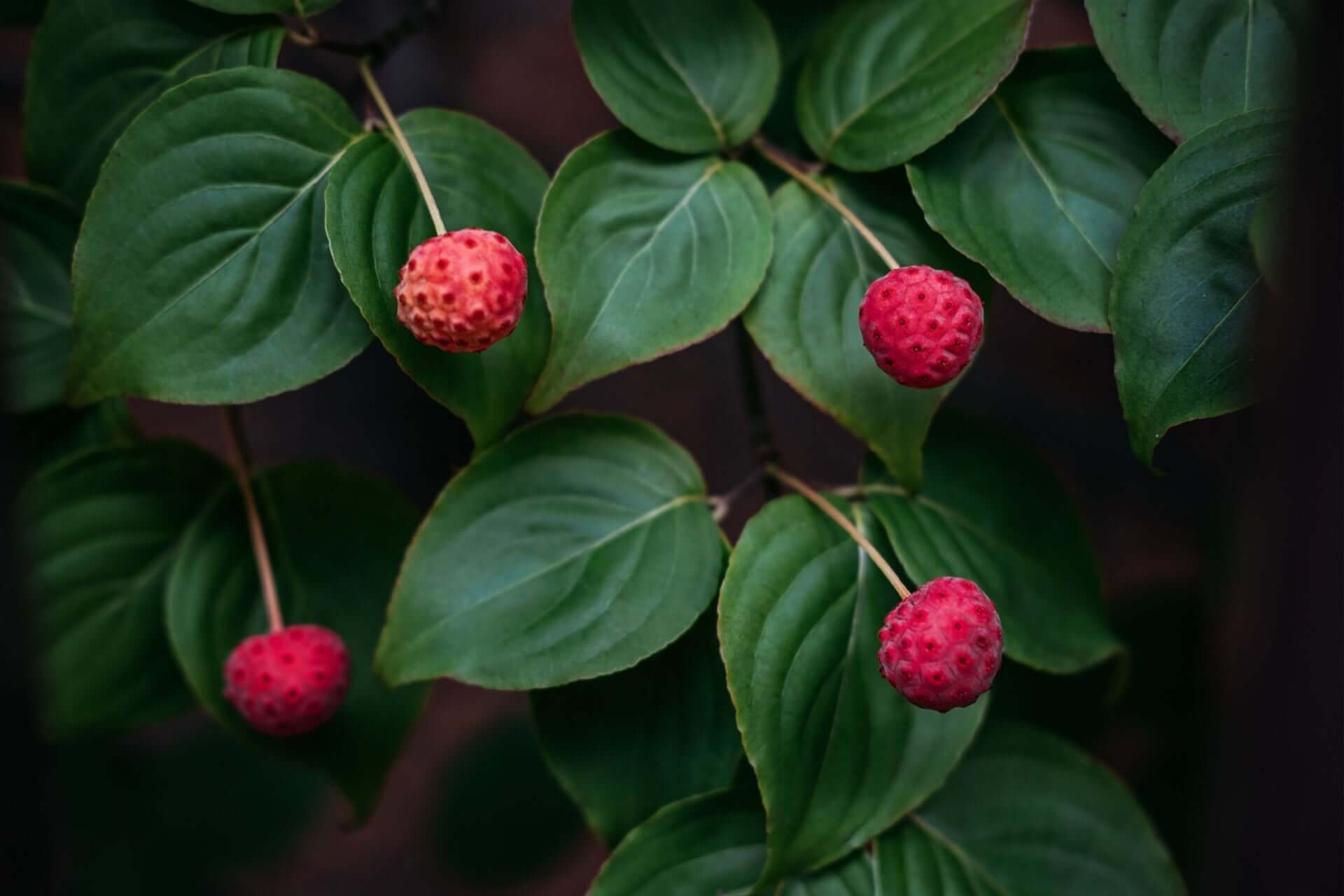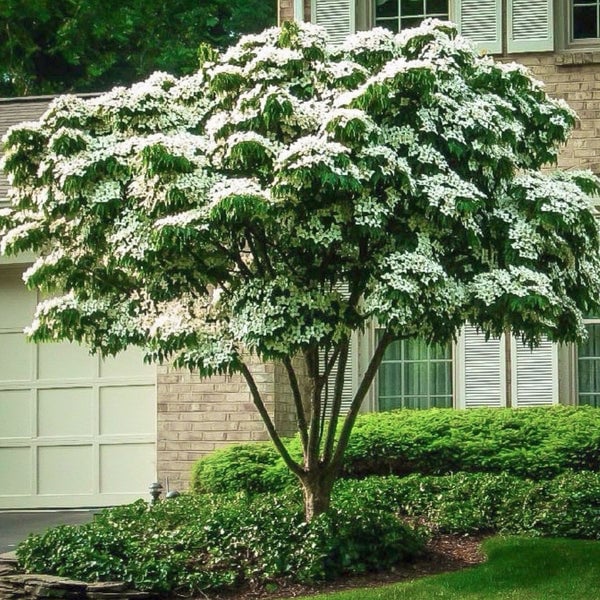When should I plant a Kousa dogwood?
Planting a Kousa dogwood at the right time will give it the best chance to thrive. The fall season is the most optimal time to plant this tree. However, spring can also be a good planting time, as the tree will have the entire growing season to establish itself. The key is to choose a time when the temperatures are mild, allowing the tree to acclimate without extreme heat or cold stress.
When planting, select a well-drained spot that allows for ample root growth. Kousa dogwoods perform well in loamy soils with organic material but are adaptable to various soil types. In my experience, amending the soil with compost helps establish the tree more quickly, boosting its ability to tolerate its new environment.
The location should also receive a balance of sun and shade. This balance of light ensures healthy growth and better flower production. Ensuring the tree is protected from the harshest rays in areas with intense summer heat will keep it from getting stressed. I've found that planting near taller trees or structures that cast partial shade provides the ideal environment for Kousa dogwood to flourish.
How big will a Kousa dogwood get?
Kousa dogwood is a small tree known for its elegant shape and layered branching structure. It reaches a height of 15 to 30 feet, making it perfect for various garden sizes. Its canopy can spread as wide, creating a lovely umbrella-like form offering dappled shade. The tree's slow to moderate growth rate gives you ample time to enjoy its evolving form as it matures, creating an ever-changing focal point in the garden.
I love how manageable its size is for small yards or even as a specimen tree in more significant landscapes. Over the years, I've observed that it develops into a graceful, vase-shaped tree, perfect for adding vertical interest without overwhelming the space. Its unique horizontal branching also provides excellent structure to the garden during the winter months when its leaves have fallen.
While the Kousa dogwood maintains a more diminutive stature, the natural allure lies in its seasonal displays. The tree bursts in late spring to early summer with creamy white, star-shaped bracts that look like delicate flowers but are modified leaves. These bracts surround the flowers, creating an eye-catching display for weeks. As the flowers fade, the tree produces round, reddish-pink fruits that add color, attracting birds to the garden. In autumn, the leaves transform into hues of red and orange, adding vibrant color to the landscape before winter sets in.
Dogwood VS Kousa Dogwood?
One of the most common questions is how Kousa dogwood differs from the native flowering dogwood, and the differences are pretty striking. While both trees share the characteristic beauty that makes dogwood a favorite among gardeners, the Kousa dogwood stands out with its unique features.
For one, Kousa dogwood (Cornus kousa) is native to East Asia, while the flowering dogwood (Cornus florida) is native to North America. This difference in origin influences their blooming times and growth habits. The Kousa dogwood tends to bloom later in the season, around late spring to early summer, while the flowering dogwood blooms in early spring, just as other trees are beginning to leaf out.

Another point of distinction is the structure of the two trees. The Kousa dogwood has a more upright, vase-shaped form in its youth, gradually spreading out as it matures, while the native dogwood tends to have a broader, more horizontal shape from the start. Additionally, the Kousa dogwood's blooms sit above the foliage, giving the appearance of a floating canopy of star-like flowers. In contrast, the flowers of the native dogwood often nestle closer to the leaves.
One of the reasons I appreciate the Kousa dogwood is its increased resistance to diseases like dogwood anthracnose, a fungal disease that often affects native species. In my garden, the Kousa has proven to be more resilient and less prone to issues like powdery mildew, a common problem for other dogwoods.
How Long Does A Kousa Dogwood Tree Live?
The Kousa dogwood is not just a seasonal beauty; it's a long-lasting presence in the garden. This tree can live anywhere from 50 to 150 years with proper care and the right growing conditions. I find this impressive for a tree of its size, and it speaks to the resilience and adaptability of the Kousa dogwood.
Regular watering, especially during dry spells, is crucial during the tree's early years to help extend its life. Although it's relatively low-maintenance once established, it benefits from occasional pruning. In my experience, pruning in late winter ensures the tree enters the growing season with a healthy structure, encouraging stronger blooms and vibrant foliage.
Mulching around the tree's base helps retain moisture and regulate soil temperature, especially during the hotter months. I always keep the mulch a few inches from the trunk to avoid rot, which can shorten the tree's lifespan.
The Kousa dogwood's ability to provide beauty throughout the seasons and its manageable size and adaptability make it an ideal choice for any garden. Its star-like blooms, layered branches, and striking autumn color are just a few reasons this tree remains a popular favorite among gardeners looking for a standout specimen tree.
Read more

For gardeners seeking a tree with historical significance, resilience, and beauty, Ginkgo biloba is an excellent choice. While it may take time to grow and establish, the tree's enduring nature and...

American holly is a timeless choice for any garden with its slow but steady growth, unique characteristics, adaptability to various planting conditions, and evergreen appeal. Its year-round beauty,...



